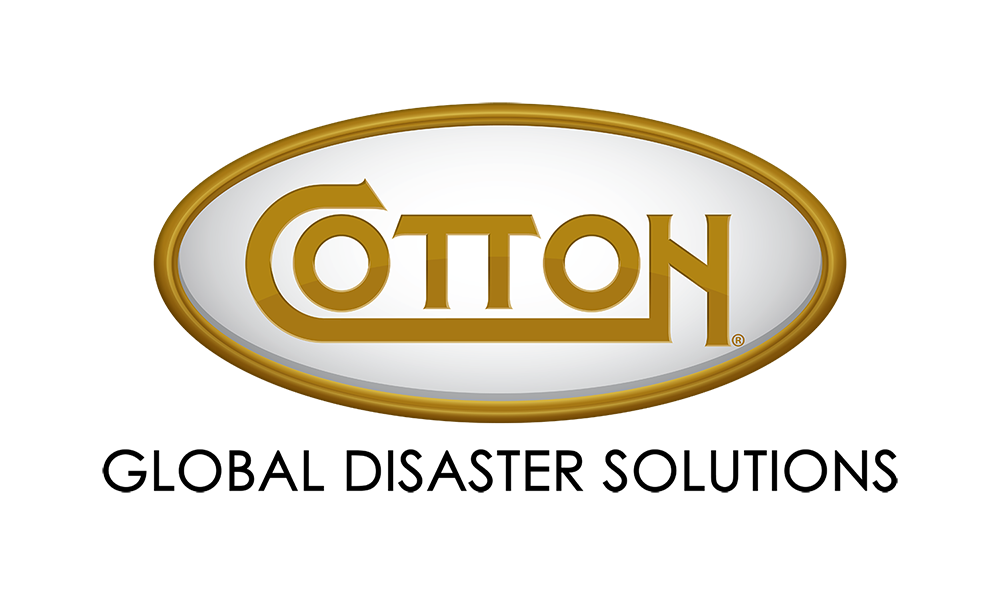In the aftermath of a fire, the focus often gravitates toward visible damage: charred structures, soot-covered belongings and the daunting task of rebuilding. Yet amidst these overt signs of destruction lurks a silent threat that often goes unnoticed: smoke damage. While its presence may not be as immediately apparent as flames, untreated smoke damage poses significant health risks that can linger long after the fire has been extinguished.
We’ll delve into the often-overlooked consequences of smoke damage and explore how it impacts your health in ways that may surprise you. From respiratory issues to cancer risks, understanding the true extent of smoke damage is crucial for safeguarding the health of your employees, tenants and guests.
Understanding Smoke Damage
Smoke damage can result from something as simple as a cooking mishap or something as complex and devastating as a fire within your facility. Even a wildfire in the area can result in smoke damage, even if the fire never touches your commercial property. Smoke and soot can coat walls, carpet, furniture and contents, and it can even get into your HVAC system and continue to recirculate throughout the air of your property.
Smoke and soot contain many harmful chemicals, several of which are volatile organic compounds (VOCs). These are essentially compounds that become gasses at low temperatures, and they can off-gas, or release fumes, over months. VOCs can also build up into “pools” on surfaces throughout buildings. All of this is to say that chemicals in smoke can stay around and impact the health of residents, employees and guests long after the fire event if not addressed.
While air purifiers have the potential to remove some VOCs from the air if the compounds attach to particles, overall, they tend to be rather ineffective in clearing up smoke damage. In fact, basic cleaning approaches won’t make much of a dent in pervasive smoke damage, so it’s essential to engage a restoration partner to ensure your building is safe.
Health Hazards of Smoke Particles
While not all VOCs are harmful to your health, the VOCs left behind after smoke damage can be. As they out-gas, they can cause the following effects:
Irritation - Chemicals from the smoke can irritate the skin and mucous membranes that line the mouth, eyelids, nose, throat, lungs and other organs.
Exacerbation of Pre-Existing Conditions - People with conditions like chronic obstructive pulmonary disease (COPD), asthma and allergies may experience a worsening of symptoms after exposure to smoke damage.
Heart Conditions - Research from the University of Washington has linked the inhalation of airborne soot to cardiovascular conditions, like heart disease, heart attacks and strokes.
Cancer - Some VOCs in smoke, like benzene, are carcinogens, and breathing them in can cause lung cancer.
With this whole spectrum of harmful impacts, it’s essential to clean up smoke and soot damage thoroughly before having employees, guests or residents return to your commercial property.
Why DIY Smoke Damage Cleanup Might Not Be Enough
The American Red Cross offers tips for cleaning up smoke and soot damage, including mixing water, tri-sodium phosphate and household cleaners, which you can use to scrub walls, furniture and floors. However, doing this improperly can prevent you from removing all of the smoke and soot and even lead to water damage (and eventual mold growth) in porous materials.
Also, while this may work for a home, scaling this project for a commercial facility can require a large time investment and further delay your ability to reopen. Additionally, the tri-sodium phosphate is caustic, and it’s best left to the professionals who are trained in safety measures and proper handling procedures.
When you call in a professional, they’ll take the following steps:
First, they’ll use air scrubbers with HEPA (high-efficiency particulate air) filters to remove VOCs that have bonded to particles.
Next, they’ll use HEPA vacuums to trap dirt, soot and dust particles from the floor and other surfaces.
Then, they’ll wipe all surfaces with approved chemicals to clean and remove odors.
If odors linger, they can take additional corrective measures.
They’ll also remove any salvageable furniture and contents, restore them to their pre-disaster conditions and return them to your property.
With smoke and soot’s potential to cause long-lasting health concerns for your employees and guests, it’s essential to clean it up as soon as possible. Partner with a trusted restoration partner for comprehensive soot and smoke removal, as well as any other fire and water damage recovery services your property may need. Fill out a contact form to get in touch with a Cotton GDS rep today, or call us at (877) 511-2962.

